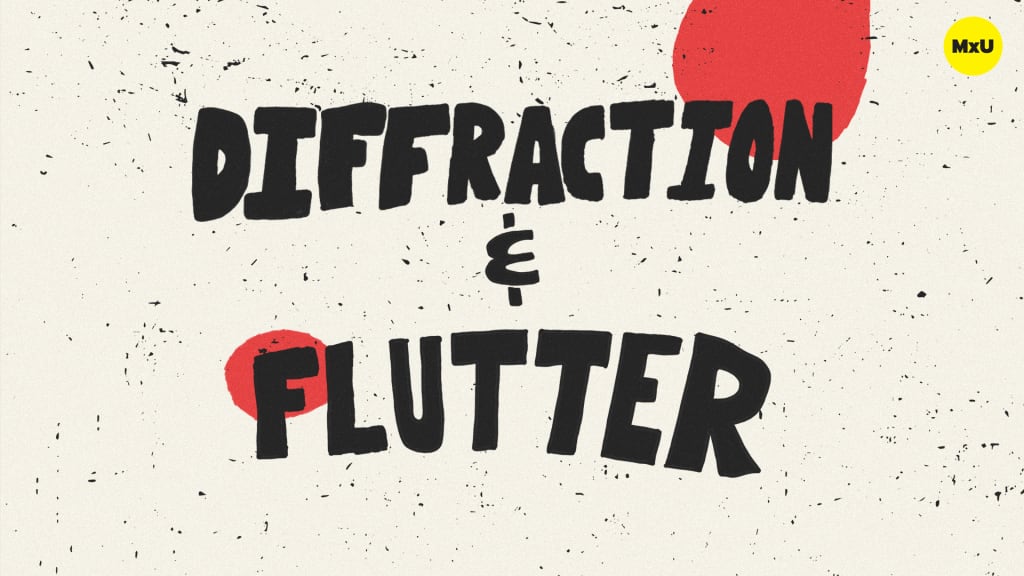Diffusion and Absorption
Key Points:
- The are three main ways to use acoustics to mitigate challenges in a room: architecture, absorption, and diffusion
- Architecture: One of the top ways, but most expensive ways to treat a room is to reduce the amount of parallel surfaces in the room.
- Absorption: The reflection and direct sound comes into an absorber that turns the reflection into heat and prevents the sound from reflecting back out. Too much absorption can eliminate reflection all together which can be disorienting and sound unnatural.
- Diffusion: The reflection and direct sound hit a diffuser and scatter the sound, reducing the energy of the sound wave. You will want enough diffusion in the room to make sure the sound feels more natural.
- You will want to include both absorption and diffusion when treating a room as a way to mitigate any reflection and phasing issues to reduce the RT60 time.
Categories
Nothing added









